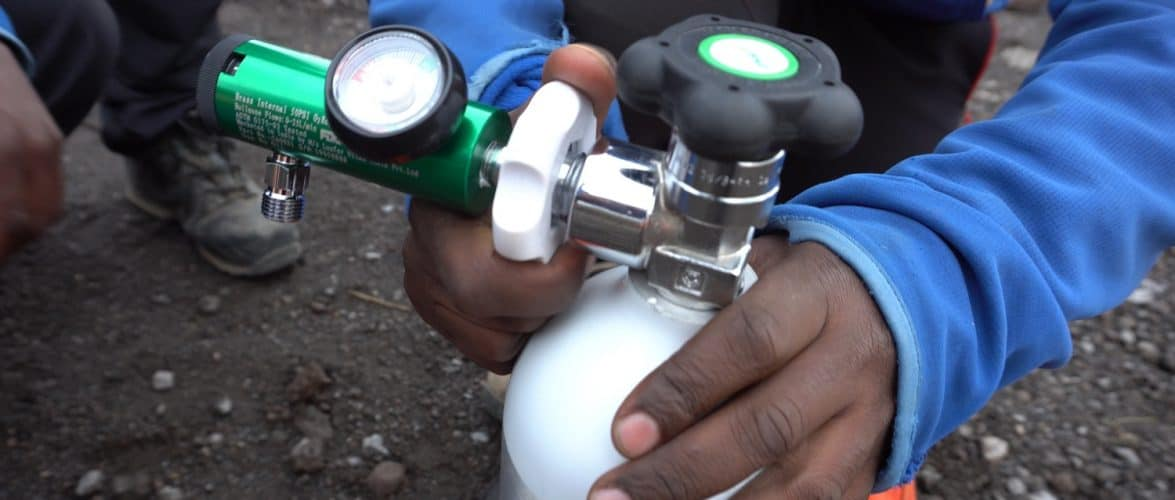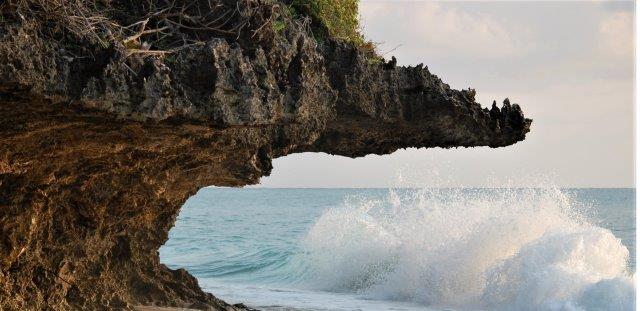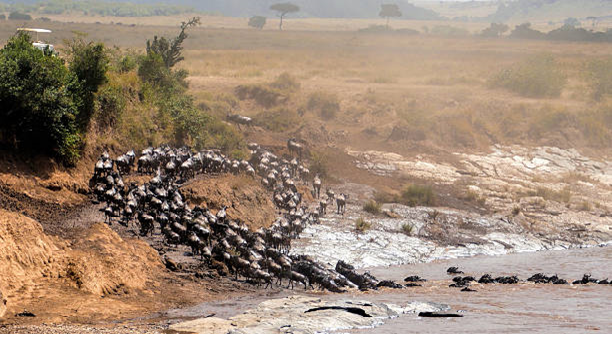To acclimatize to the altitude, climbers need to take their time and gradually ascend the mountain, allowing their body to adjust to the lower oxygen levels. This process typically takes several days and involves climbing to higher elevations during the day and descending to lower elevations to sleep at night. While climbers do not need to carry supplemental oxygen tanks with them, they will need to ensure they have appropriate gear and clothing to cope with the cold and challenging conditions at high altitude. Additionally, climbers should consult with their doctor before attempting to climb Kilimanjaro, particularly if they have any pre-existing medical conditions that could be affected by the high altitude.
Should you use Supplemental Oxygen on Kilimanjaro
The use of supplemental oxygen on Kilimanjaro is not typically necessary for the vast majority of climbers, as most people are able to acclimatize to the altitude without it. However, in certain circumstances, such as for people with pre-existing medical conditions that affect their ability to absorb oxygen, or for climbers who are experiencing severe symptoms of altitude sickness, supplemental oxygen may be necessary. It's important to note that using supplemental oxygen does not necessarily eliminate the risk of altitude sickness, as the underlying issue is the body's ability to adapt to the lower oxygen levels, rather than the amount of oxygen inhaled. Additionally, carrying supplemental oxygen tanks can add significant weight to a climber's load, making the climb more difficult.
If you are considering using supplemental oxygen on your Kilimanjaro climb, it's recommended that you consult with a medical professional experienced in high-altitude medicine to determine whether it is necessary and what precautions you should take.



